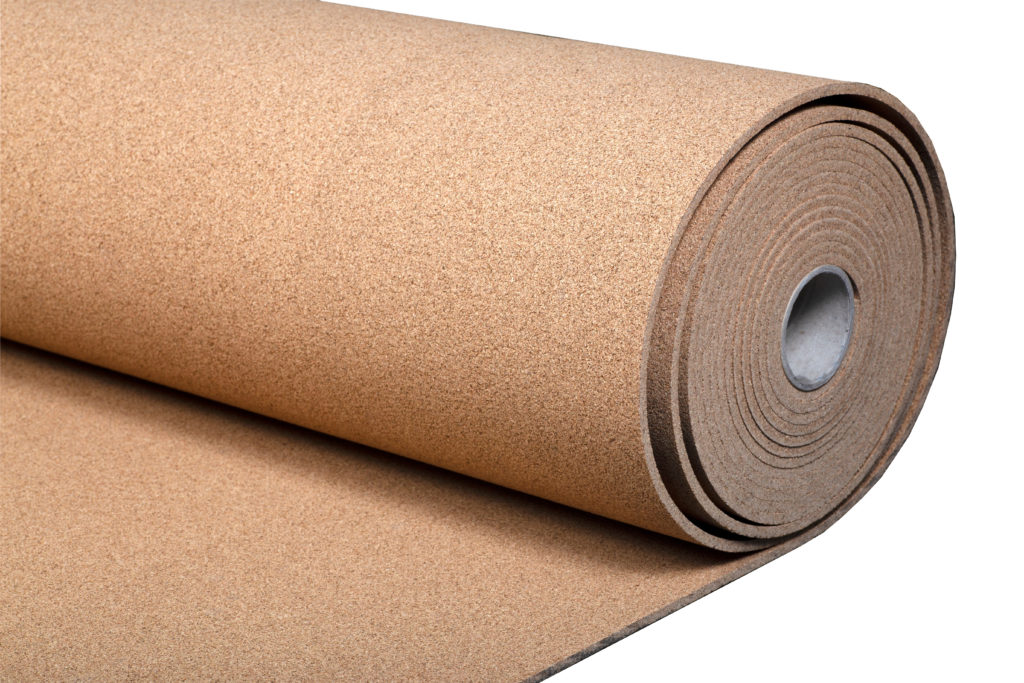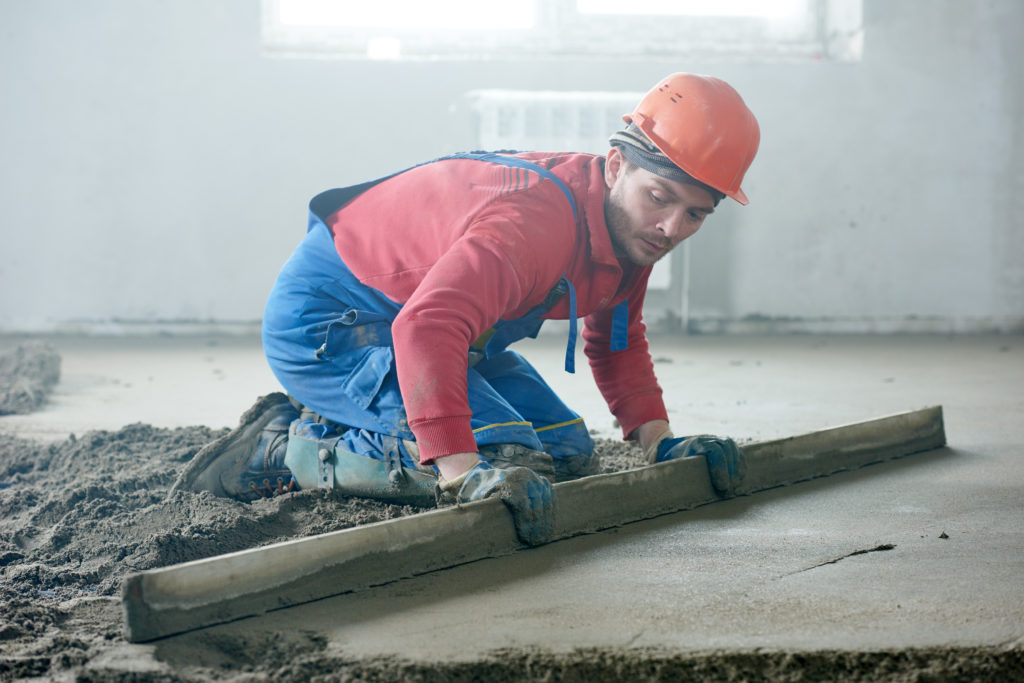Do you plan on changing your flooring soon? Are you planning to undertake this flooring project as a DIY? But before you carry out your plans, you need to learn about the importance of flooring accessories.
Picking the right floor for your home is a major step, but so is choosing the ideal type of flooring accessory. Wakol flooring accessories or those from other brands include different kinds, such as adhesive and screed. These accessories play a significant role in beginning and completing your project, as well as maintaining and improving your flooring surfaces.
Read on to check out the common flooring accessories:
- Underlay
An underlay is a thin sheet of material that you lay on your subfloor before installing your desired floor finish. It can be a foam pad made of rubber, cork, and plywood.
It serves various functions, but its main aim is to provide a leveled surface on your floor. It will take care of any dents or bumps on your surface. Other functions are to prevent the moisture absorption of your floor finish, especially if it’s wooden, and to provide insulation. This is both sound and thermal insulation.
Your choice of underlay material depends on the manufacturer’s guide for your floor finish. It also depends on the type of flooring you’re installing. For example, a plywood underlay will work best with a vinyl floor type while a foam pad suits a laminate floor.
If you aim to achieve sound insulation, go for underlays with these properties.
- Screed
Screed serves the same purpose as an underlay, which is to create a level surface, except that it’s done on a concrete surface. You can put screed on a damp-proof membrane or an insulating material too.
In addition, you can apply screed with varying thicknesses, depending on the purpose of your floor. If the given floor space has heavy foot traffic or is used to store heavy equipment, you should go for a thicker screed. The thick screed will increase the longevity of your floor finish since it’ll provide the finish with a firm base to sit on.
Your choice of screed is dependent on the time available to complete your project as well. Traditionally, screed was made from the mixture of cement and sand, with the ratio of one bag of cement to four parts of sand or as deemed necessary. The cement and sand screed takes time to lay down and smoothen the surface with a trowel. This makes it suitable if you’re in no hurry to finish your flooring project.

However, with innovation, there’s screed made from a combination of other materials, such as calcium sulfate. This type allows you to apply it on your floor quicker than the cement and sand; you’ll cover a bigger floor space within a short time. Therefore, this should be your preferred choice if you don’t have much time. It’s good to note that you can’t use the calcium sulfate screed in areas that are prone to getting wet or where there’s steel reinforcement. The screed will corrode your steelworks, affecting their structural integrity.
- Adhesive
An adhesive is more or less glue that you use to put a given floor finish in place. It can either be water-based, acrylic, or made of polyurethane. Your choice of the three depends on the floor finish material, level of toxicity, drying rate, or the manufacturer’s guide.
For a choice based on the finish material, you shouldn’t use the water-based adhesive for wood flooring. The reason is that the wood will most probably absorb the moisture and deteriorate in its performance and lifespan. Some floor finish materials require adhesive for them to bond properly with your subfloor or underlay. There are vinyl planks that’ll need glue while others use the tongue and groove system.
Furthermore, adhesives are made of strong chemicals, emitting toxic fumes, especially during application. If you have respiratory complications or are prone to allergic reactions, an adhesive with high toxicity levels shouldn’t be your choice.
The glues have varying drying rates; some dry faster than others. Your preference based on the drying rate depends on the amount of time you have on your hand to complete the project. If time isn’t on your side, select one that dries faster and vice versa.
If their products require an adhesive, manufacturers will usually provide the glue. This is to prevent you from using the wrong adhesive that affects the longevity of your flooring and blaming it on their floor finish product.
- Lacquer
With many homeowners adopting wooden floors, such as engineered wood, for their spaces, it’s essential to know one of the essential accessories for this kind of flooring. And that is lacquer.
Lacquer works to maintain the color of your timber floor, as it provides a protective layer. The protective layer acts as a waterproof membrane, preventing the wooden material from absorbing liquids that accidentally spill on the floor. With this, the longevity of your wooden floor increases.
Moreover, lacquer offers UV protection to your wooden floor. This means that it won’t fade or lose its aesthetic properties with time. Such a property allows you to use wooden floors with the lacquer finish on your deck or patio without worrying about the effect of UV rays.
Conclusion
The above are the common flooring accessories that you might use, depending on your flooring project. They not only ensure that your flooring will look great but also make your floor finish last longer.






